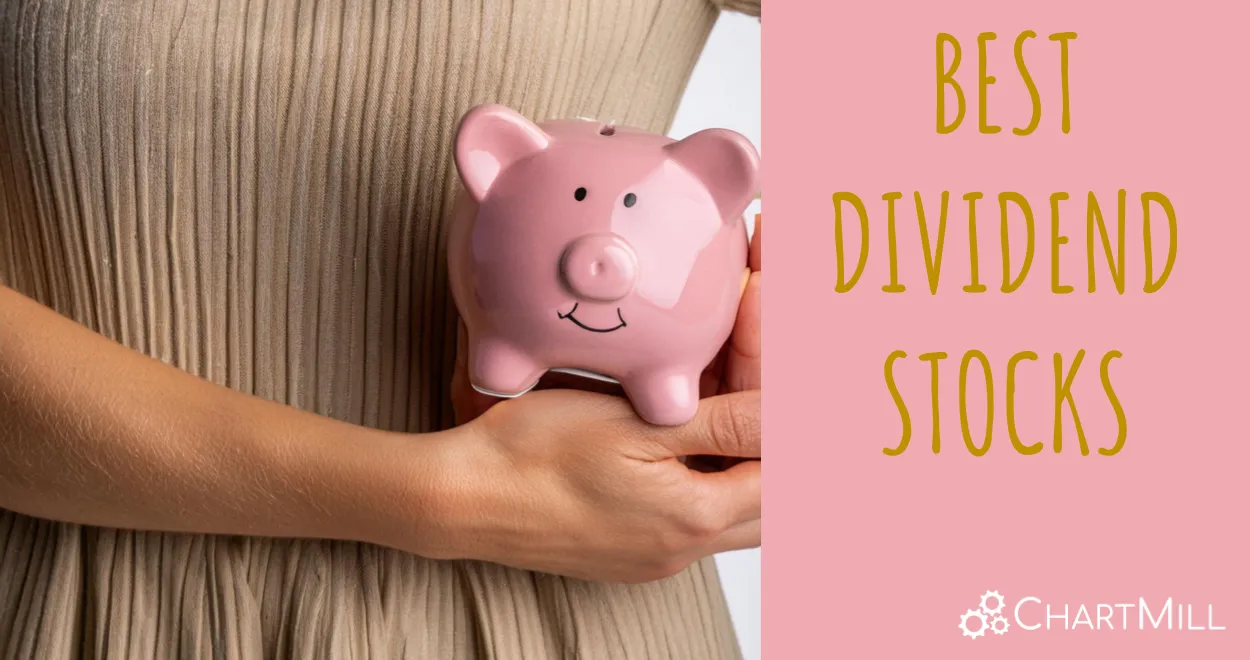Exploring NYSE:JNJ's dividend characteristics.
By Mill Chart
Last update: Jun 28, 2024
Consider JOHNSON & JOHNSON (NYSE:JNJ) as a top pick for dividend investors, identified by our stock screening tool. NYSE:JNJ shines in terms of profitability, solvency, and liquidity, all while paying a decent dividend. Let's dive deeper into the analysis.

Dividend Insights: NYSE:JNJ
ChartMill provides a Dividend Rating for every stock, ranging from 0 to 10. This rating assesses various dividend aspects, including yield, growth, and sustainability. NYSE:JNJ earns a 7 out of 10:
- JNJ's Dividend Yield is rather good when compared to the industry average which is at 4.20. JNJ pays more dividend than 93.78% of the companies in the same industry.
- JNJ's Dividend Yield is a higher than the S&P500 average which is at 2.38.
- On average, the dividend of JNJ grows each year by 9.96%, which is quite nice.
- JNJ has paid a dividend for at least 10 years, which is a reliable track record.
- JNJ has not decreased their dividend for at least 10 years, which is a reliable track record.
- JNJ pays out 30.40% of its income as dividend. This is a sustainable payout ratio.
Health Analysis for NYSE:JNJ
ChartMill employs a unique Health Rating system for all stocks. This rating, ranging from 0 to 10, is determined by analyzing various liquidity and solvency ratios. For NYSE:JNJ, the assigned 8 for health provides valuable insights:
- An Altman-Z score of 4.34 indicates that JNJ is not in any danger for bankruptcy at the moment.
- The Altman-Z score of JNJ (4.34) is better than 80.83% of its industry peers.
- JNJ has a debt to FCF ratio of 1.80. This is a very positive value and a sign of high solvency as it would only need 1.80 years to pay back of all of its debts.
- JNJ has a better Debt to FCF ratio (1.80) than 93.78% of its industry peers.
- JNJ has a Debt/Equity ratio of 0.45. This is a healthy value indicating a solid balance between debt and equity.
- Even though the debt/equity ratio score it not favorable for JNJ, it has very limited outstanding debt, so we won't put too much weight on the DE evaluation.
- JNJ does not score too well on the current and quick ratio evaluation. However, as it has excellent solvency and profitability, these ratios do not necessarly indicate liquidity issues and need to be evaluated against the specifics of the business.
Understanding NYSE:JNJ's Profitability
ChartMill's Profitability Rating offers a unique perspective on stock analysis, providing scores from 0 to 10. These ratings consider a wide range of profitability metrics and margins, both in comparison to industry peers and on their own merits. For NYSE:JNJ, the assigned 8 is a significant indicator of profitability:
- JNJ's Return On Assets of 22.37% is amongst the best of the industry. JNJ outperforms 97.93% of its industry peers.
- JNJ has a Return On Equity of 54.95%. This is amongst the best in the industry. JNJ outperforms 97.41% of its industry peers.
- With an excellent Return On Invested Capital value of 16.20%, JNJ belongs to the best of the industry, outperforming 92.75% of the companies in the same industry.
- The 3 year average ROIC (14.68%) for JNJ is below the current ROIC(16.20%), indicating increased profibility in the last year.
- JNJ has a better Profit Margin (44.92%) than 96.89% of its industry peers.
- JNJ's Profit Margin has improved in the last couple of years.
- JNJ has a better Operating Margin (28.32%) than 93.78% of its industry peers.
- JNJ's Operating Margin has improved in the last couple of years.
- With a decent Gross Margin value of 69.57%, JNJ is doing good in the industry, outperforming 73.06% of the companies in the same industry.
Our Best Dividend screener lists more Best Dividend stocks and is updated daily.
For an up to date full fundamental analysis you can check the fundamental report of JNJ
Keep in mind
This is not investing advice! The article highlights some of the observations at the time of writing, but you should always make your own analysis and invest based on your own insights.
209.3
-4.87 (-2.27%)
Find more stocks in the Stock Screener
JNJ Latest News and Analysis


